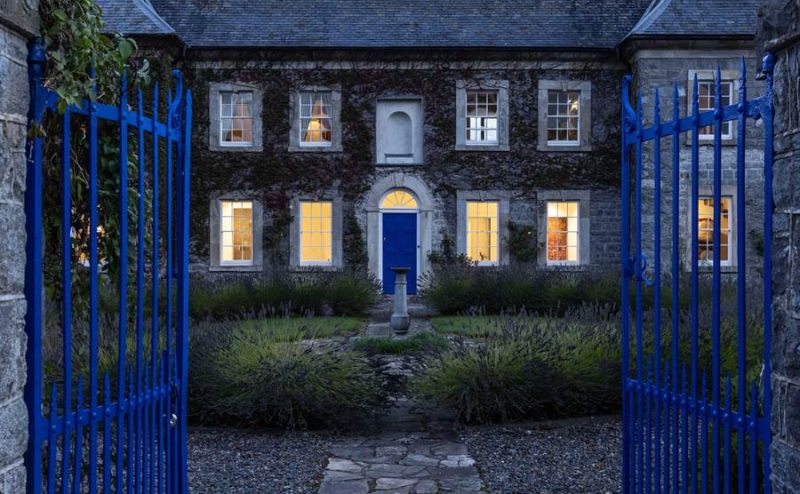
A design-led architectural practice in Kilkenny, Ireland, Canice Architects, has seen a surge in overseas investors from the US and UK renovating Irish Georgian properties to their former glory over the past 5 years, with 80% of their business now coming from that market.
A further shift in the market has seen the majority of purchasers choosing to make these properties their primary residence, rather than investments for the premium rental market.
Ireland has always been known for its historic 18th and 19th century Georgian properties characterized by their symmetrical designs, large windows, and ornate details. These properties have long been sought after by investors and homeowners alike, and now that Covid has brought a shift to hybrid working and full-time working from home, as well as a desire for better quality of life, the trend has taken off. This along with improved connectivity and transport links has brought a new market of investors looking to make Ireland their base.
According to Damien Curry, Director with Canice Architects, who specialise in conservation and the creative and contemporary re-use of historically significant buildings, “one of the main attractions for overseas investors is the relatively low cost of these properties compared to similar properties in other parts of Europe.” Ireland’s rich cultural heritage, skilled crafts people, stunning landscapes, and friendly people also make it an attractive destination.
Damien also noted a change in the type of renovations in these historic properties. “We’ve seen a real move towards thermal upgrades and significant technology being installed in our conservation projects. Our clients are attracted by the history of the beautiful houses and are committed to conserving the unique architectural beauty of these period buildings. We work with talented craftspeople to restore different elements of the home back to their original glory. Owners also want their new homes to function in a modern world of sustainability and technology. We work with them to create environmentally efficient homes that have high-tech functionality, while maintaining the historic essence of the house.”
Canice Architects’ recent venture, Silversprings House, a 1747 Charter School in Co. Tipperary, is a fine example of a sympathetic retrofit that has brought the property back to life through intricate design and a commitment to preserving history. An art lover purchased the derelict run-down property with the hope of bringing the historic house, coach houses and stables back to their former glory through a blend of restoring unique original features and incorporating tasteful designs for modern living. The once overgrown buildings hidden behind the wrought iron gates, are now beautifully restored with contemporary living spaces encased in the unique 18th century architecture.
The building is steeped in history, with its foundations in pre-famine Ireland, it was originally built as a school for local Irish children who were required to denounce their Catholic faith to attend. After the school closure, famous Italo-Irish entrepreneur Charles Bianconi used the building as his homestead and built a coach house and stables for his inter-town transportation system. Subsequent private owners resided in the building and more recently a hotel proposal was refused planning on the site. The building then lay derelict for over 15 years attracting squatters and vandalism.
The new owner of Silversprings House saw great potential in reusing the Bianconi coach houses as office space and the former Charter school as a family home filled with their collection of modern Irish art. A study of the architectural, social and historical significance of the property informed the conservation strategy. The dual aspect of the first floor was more suited to living accommodation so the plan was flipped to instate a piano nobile living area. Bedrooms were located in the north facing former classrooms on the ground floor. Unique features, such as the schoolhouse corridors, were repurposed as a picture gallery for the art loving owner.
The recent surge in overseas investment in these Georgian properties has a positive effect on local life. The renovations not only restore the beauty of the properties but also create jobs locally, while owners put down roots in the local community. Damien says, “Many of these properties are listed buildings and require extensive renovation work, making them expensive to maintain. Overseas investors are stepping in, renovating these properties, and giving them a new lease of life. The trend shows no signs of slowing down, and we expect to see more and more overseas investors taking an interest in Irish Georgian properties in the coming years. With their exquisite designs and rich history, these properties are a valuable asset to the country and a testament to the enduring appeal of Georgian architecture.”